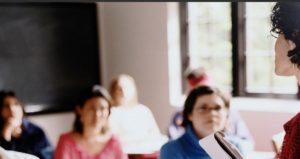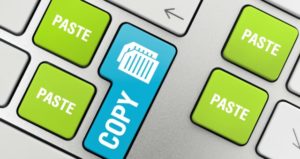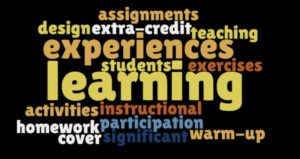
A Dose of Reality for First-Year Students and How We Can Help
By the third or fourth week of most courses, students have had a reality check. They have taken the first exam, received feedback on their first paper, or otherwise discovered that the course isn’t quite what they had expected or hoped it would be. Here are a few reminders as to what many beginning students and some others might be thinking at this point in the semester.









